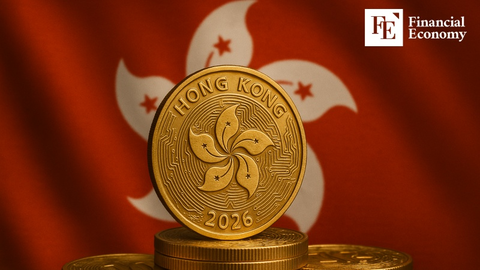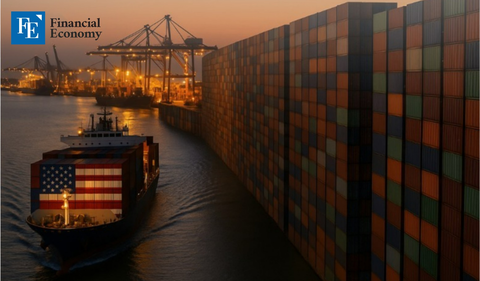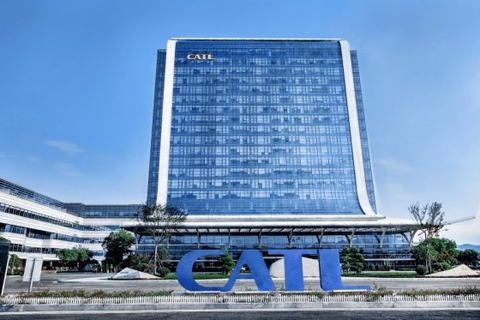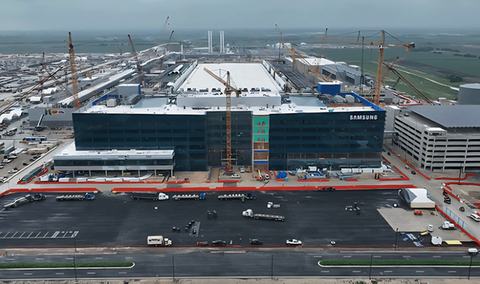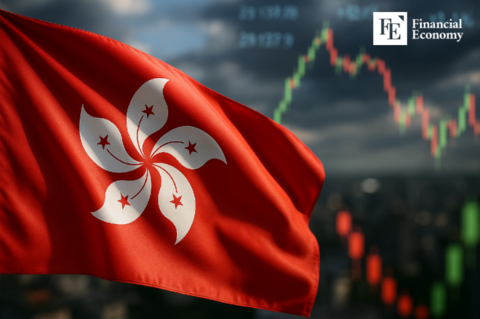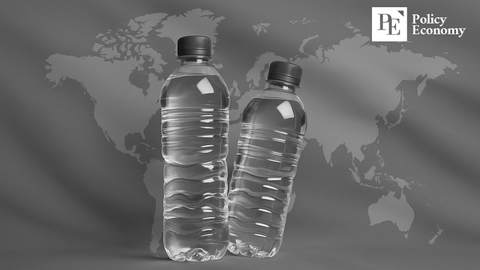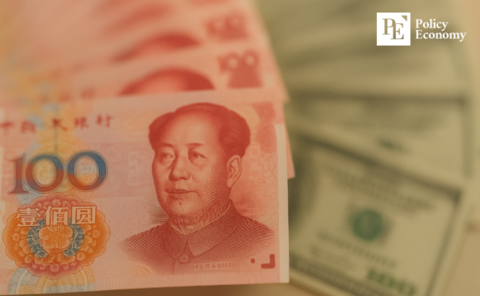Input
Changed
Pacific Rates at Lowest in 20 Months Post-Tariff Implementation Collapse in Far East–U.S. Import Demand Shipping Lines Expand Atlantic Routes Amid Supply Chain Realignment
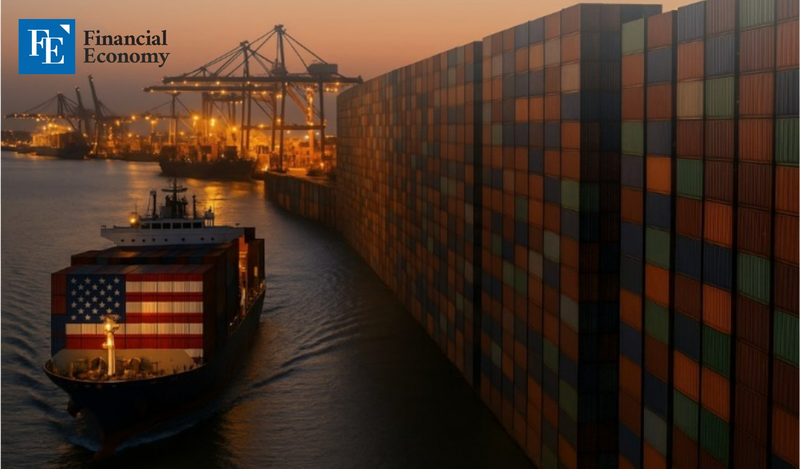
U.S. President Donald Trump’s imposition of reciprocal tariffs on key partners such as South Korea and Japan, alongside a tariff barrage on Chinese goods, has sent shockwaves through the global shipping market. During the 90-day grace period, importers rushed to secure inventory, triggering a surge in freight rates. However, immediately after the high tariffs took effect on the 9th, Pacific container rates between Asia and the U.S. plunged to their lowest level since the end of 2023.
Forecast of 60% Contraction in U.S.-China Cargo Volumes
According to the Baltic Exchange and Freightos on the 11th (local time), spot rates for 40-foot containers (FEU) from the Far East to the U.S. West Coast fell by $207 from the previous day to $1,941. Rates that had once soared above $7,000 dropped below $2,000 for the first time in 20 months. The sharp fall was attributed to Trump’s aggressive tariff policy from the 9th, which dampened import demand due to higher cost burdens.
Earlier this month, average spot rates for Far East–U.S. routes also tumbled, hitting their lowest since December 2023. U.K.-based maritime and logistics consultancy Drewry noted, “With some carriers suspending operations, container rates have been in decline for roughly eight weeks,” adding that “carriers are responding by cancelling sailings en masse and scaling back services across the Pacific.” Drewry further predicted, “With cargo demand weakening, rates are likely to drop further in the second half of the year, potentially returning to pre-‘Red Sea crisis’ levels.”
The rate collapse has set off a chain reaction across supply networks. Carriers have begun cutting Far East–U.S. sailings by roughly 15–30%, withdrawing idle vessels to control supply. Some shippers, seeking to avoid high tariffs, are shifting production bases to Southeast Asian countries such as Vietnam and Malaysia, reconfiguring logistics routes. Industry experts warn the rate slump could herald a prolonged trade contraction, with U.S.–China cargo volumes potentially shrinking by up to 60%.

Rates Spiked During Grace Period Amid Shipment Rush
In stark contrast to the current downturn, freight rates surged sharply before the tariffs were imposed, as importers rushed to secure shipments ahead of higher duties. Firms bringing in consumer goods such as electronics, apparel, and household items moved aggressively to lock in inventory to avoid price hikes and margin erosion, fueling a spike in transport demand. Industry sources noted, “In the month before the tariffs, shipment bookings more than doubled or tripled compared to normal, sparking fierce competition for vessel space.”
The rush intensified after Trump announced on May 14 that reciprocal tariffs on major trading partners—including China, South Korea, Japan, Kazakhstan, Malaysia, Vietnam, and Thailand—would be delayed for 90 days. The grace period effectively created a “temporal buffer,” prompting shippers to maximize shipments within the window. Drewry observed, “The grace period triggered a flood of short-term contracts and urgent transport requests, sharply increasing port and carrier workloads,” adding that the industry dubbed the period the “90-Day Race.”
By early June, FEU rates from the Far East to the U.S. East Coast had jumped 88% in a month to $6,100, while West Coast rates climbed 67% to $5,082. The surge also rippled across the global logistics market, with rates from the Far East to Northern Europe rising 32% to $2,704. Even as the four-week moving average of capacity on the Asia–Northern Europe route hit 346,000 TEUs—surpassing pandemic-era peaks—the upward trend in rates persisted.
Reducing Pacific Dependence and Expanding New Services
The tariff shock from Washington has caused extreme volatility in cargo flows and freight rates across East Asia–Pacific routes, amplifying concerns over a downturn in shipping sector earnings. In its “2025 Shipping and Shipbuilding Industry Trends and Outlook” report, the Export–Import Bank of Korea’s Overseas Economic Research Institute stated, “Since the start of the year, global shipping has been grappling with a structural imbalance, as supply growth outpaces demand growth. The worsening mismatch between oversupply and slowing demand is intensifying downward pressure on rates, turning profitability concerns into reality.”
In response, carriers are accelerating diversification away from the Asia–U.S. corridor and moving into new lanes to India and Europe. HMM, for instance, launched new container services in February this year on both the Atlantic and India–Europe routes. Notably, the TA1 service, which crosses the Atlantic to link Europe and the Americas, resumed after a seven-year hiatus since 2018. Operating with ten 4,600-TEU containerships, the 70-day round trip calls at major ports in the U.K., France, the Netherlands, Germany, Belgium, and key South American hubs.
HMM has also introduced the INX service targeting the Indian market, connecting Karachi in Pakistan with Hazira, Mundra, and Nhava Sheva in India; Colombo in Sri Lanka; London Gateway in the U.K.; Rotterdam in the Netherlands; Hamburg in Germany; and Antwerp in Belgium. The route deploys eleven 6,000-TEU vessels. In addition, the carrier has inaugurated the IFL service linking Asia with the South American East Coast, strengthening coverage across the Pacific, Indian, and Atlantic Oceans and bolstering major east–west deep-sea routes.


